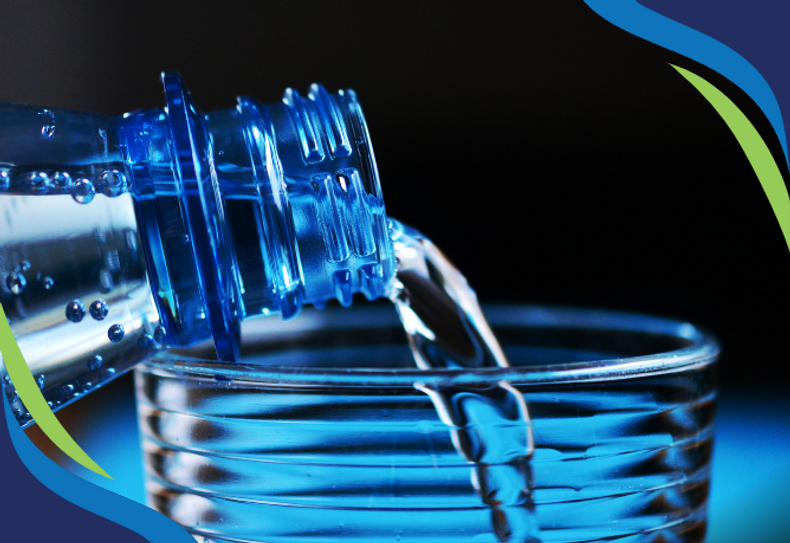Ozone in Drinking Water

If you are new to the world of ozone, it may surprise you how prevalent the use of ozone is throughout the United States. In 2015, there were 300 major water treatment plants in the United States that incorporate the use of ozone in their processes. It is projected that by 2020 the number of plants using ozone will reach 425. There is a very good chance that the water you are drinking has been treated with ozone prior to your consumption.
Ozone was initially used in the United States in 1940 in Whiting, IN for water disinfection in the water treatment process. From there, the use of ozone in drinking water has expanded to its current wide usage today. In 1982, ozone was given GRAS (Generally Recognized as Safe) approval for use in bottled water. This opened up the use of ozone for disinfection in the bottled water industry. Today, the majority of bottled water companies use ozone to ensure pure water that is pathogen free for consumers. Read more about ozone use in bottled water.
Ozone use in major drinking water plants, may play a variety of roles. Most commonly, ozone is used as an oxidant to replace chlorine or other chemicals in the process. Since ozone reverts to oxygen after oxidation, improved water quality with lower overall residuals can be delivered to the customer.
Some of the uses of ozone in drinking water plants:
- Reduction of chemical usage
- Oxidize iron and manganese
- Oxidize hydrogen sulfur or other sulfur based compounds
- Removal of color from water
- Disinfection of giardia and cryptosporidium
- Improvement of filtration efficiency
Looking ahead, ozone may also be used for the removal of micro-pollutants, such as pharmaceuticals in the water, personal care products and endocrine disruptors. Ozone is currently used in wastewater disinfection for these purposes and it is possible the use of ozone will be carried over into drinking water plants in the future.

A few examples of large U.S. Cities using ozone today are below:
- Los Angeles, CA since 1987
- Tuscon, AX since 1992
- Dallas, TX since 1993
- Raleigh, NC since 1999
- Seattle, WA since 2000
- Orlando, FL since 2004

